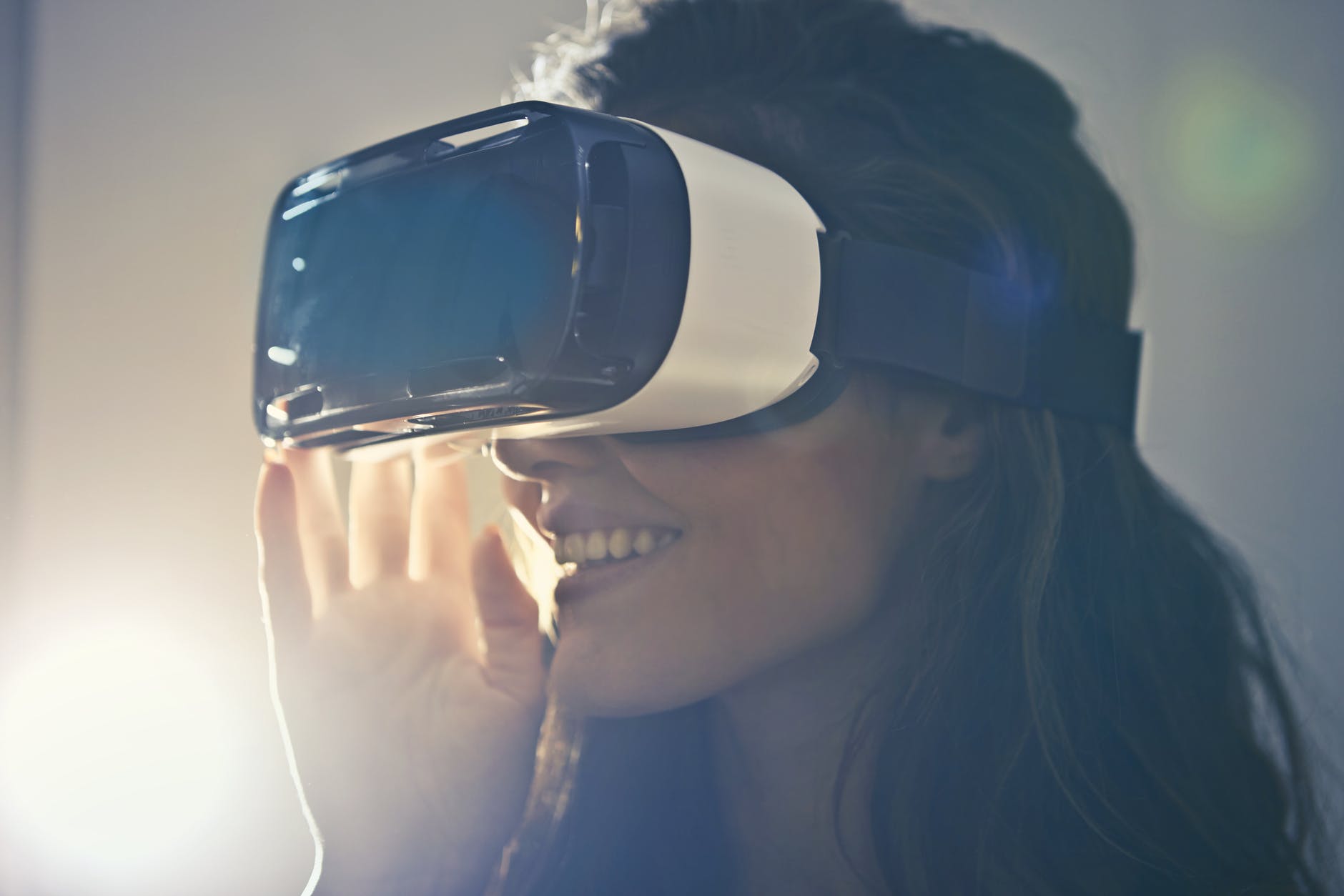Virtual Reality in Our Reality
Virtual Reality (VR) has been a hot topic in the tech field recently, especially as it makes its entry into the consumer field via devices such as the Oculus Rift and Razer OSVR.
The conversation surrounding VR has mainly reflected negative connotations about how immersive and isolating VR can be. Yet, there are also talks about using VR in health sectors, to provide a platform to simulate experiences such as graduated exposure for people with phobias (fear of heights, for example), or to provide physical therapy by motivating patients to walk using a fun experience. How are we then to prepare ourselves to embrace this shift in paradigm, to utilise the good, sift out the bad, and handle the ugly?
To begin, we need to understand that our brains are programmed to seek out the same activities that spark positive feelings when we go through an experience. For example, if I had a great time going out with a date to the movies, it is likely that I will associate watching movies with a date as an experience I would like to repeat. Virtual reality could provide this consistent platform for us to go through an adrenaline-sparking experience that would otherwise be difficult to recreate (e.g. bringing your date out for skydiving or dragon-flying).
The tension occurs when we begin to ask ourselves this question: if we are going out on dates with flying dragons on a regular basis, how would spending time talking to a person about their daily life measure up?
This disparity between the excitement we face through our virtual experiences and coming back to facing the realities of our lives can be a potential source of distress and mental health issues, if expectations and boundaries are not properly managed.
According to a Stanford psychiatrist Dr. Elias Aboujaoude, the Internet and social media has to some degree, allowed us to “have a ‘full life’ [online] that can be quite removed from our own.” It is possible, however, that virtual reality may drastically change a person’s social and emotional needs over time.
“We may stop ‘needing’ or craving real social interactions because they may become foreign to us,” Aboujaoude explains. “It doesn’t mean that they can’t make our lives better; it means that we, as a culture, are no longer aware of them and of their positive effects on our lives, because we are so immersed in virtual life and have been for some time.”
If real social interactions are increasingly being replaced by ‘full online lives’, VR is the next step to making this happen. However, let us be reminded it is not technology that is driving this, but it is us – the people who make the choices every day on where we choose to find our fulfilment, whether through real or online social interactions.





